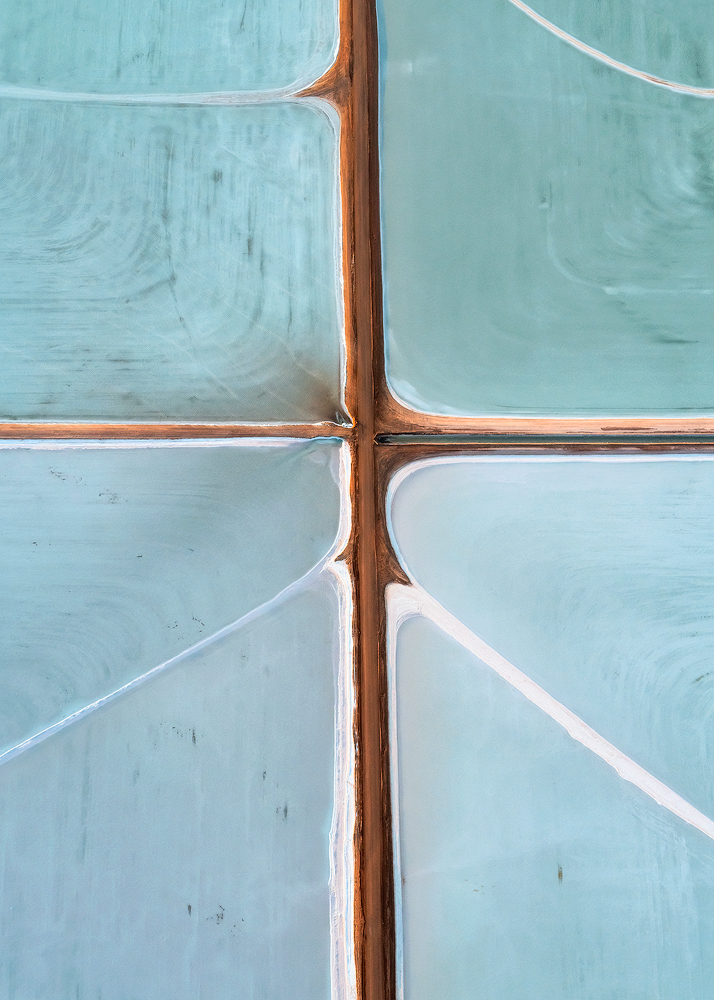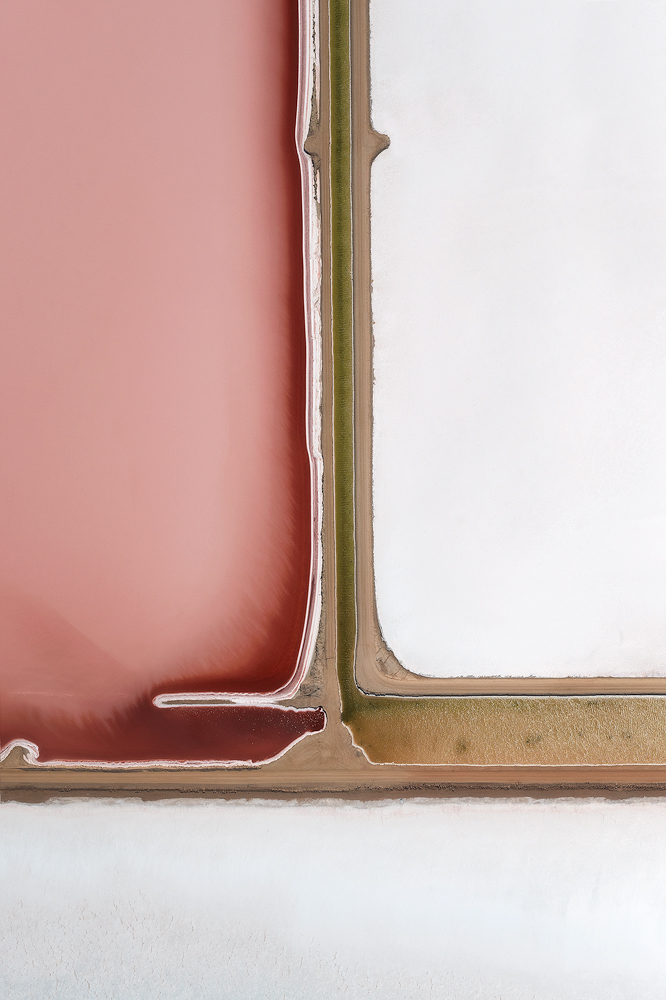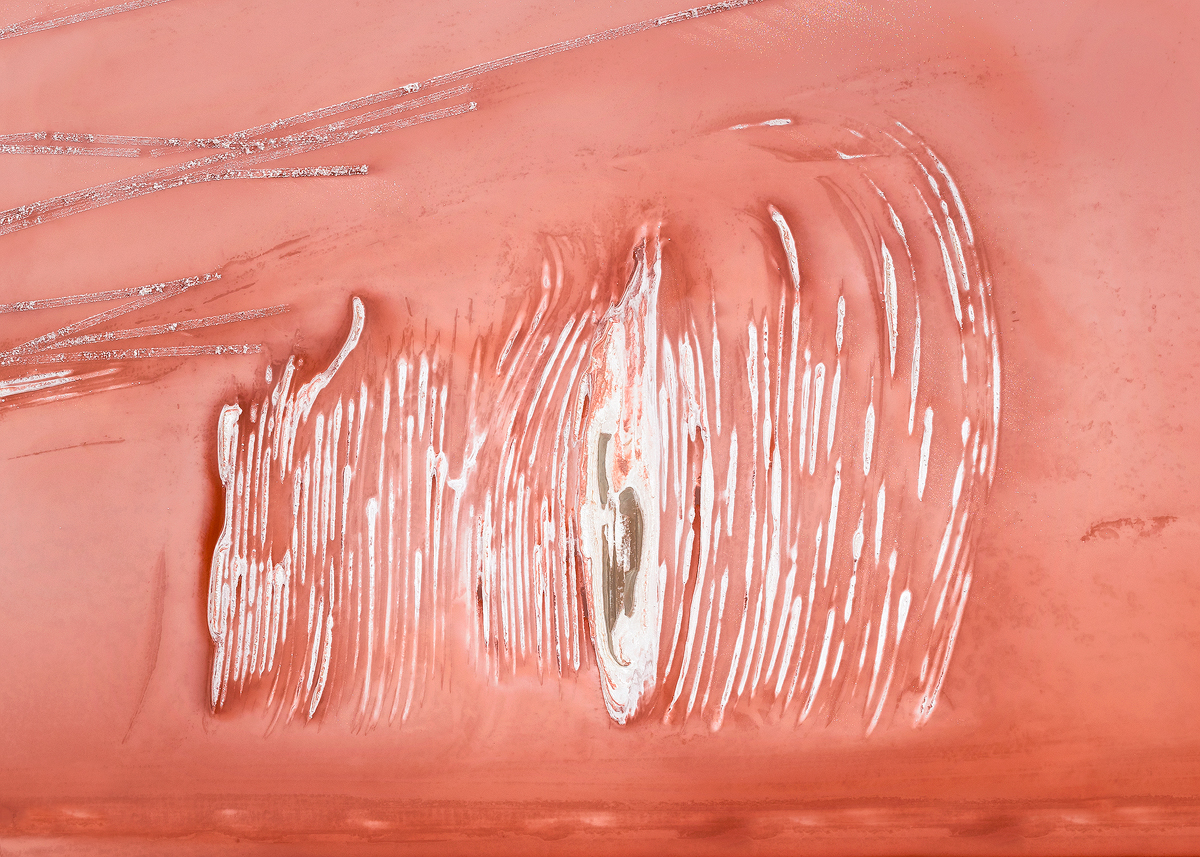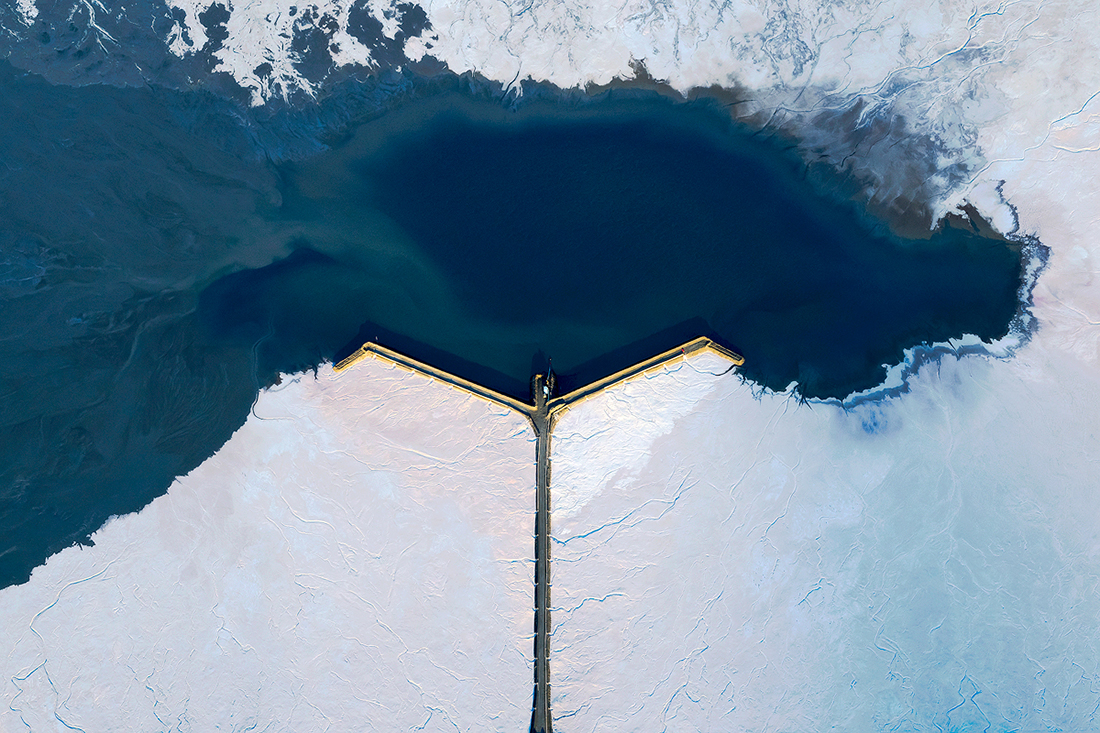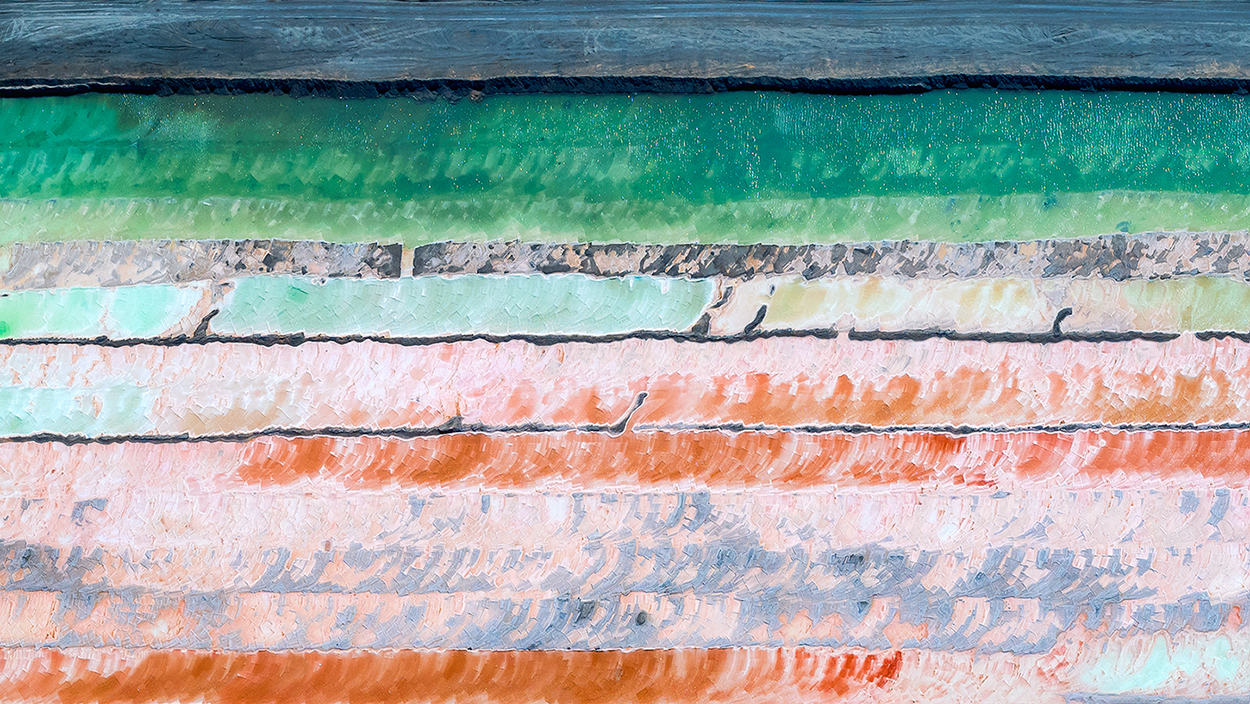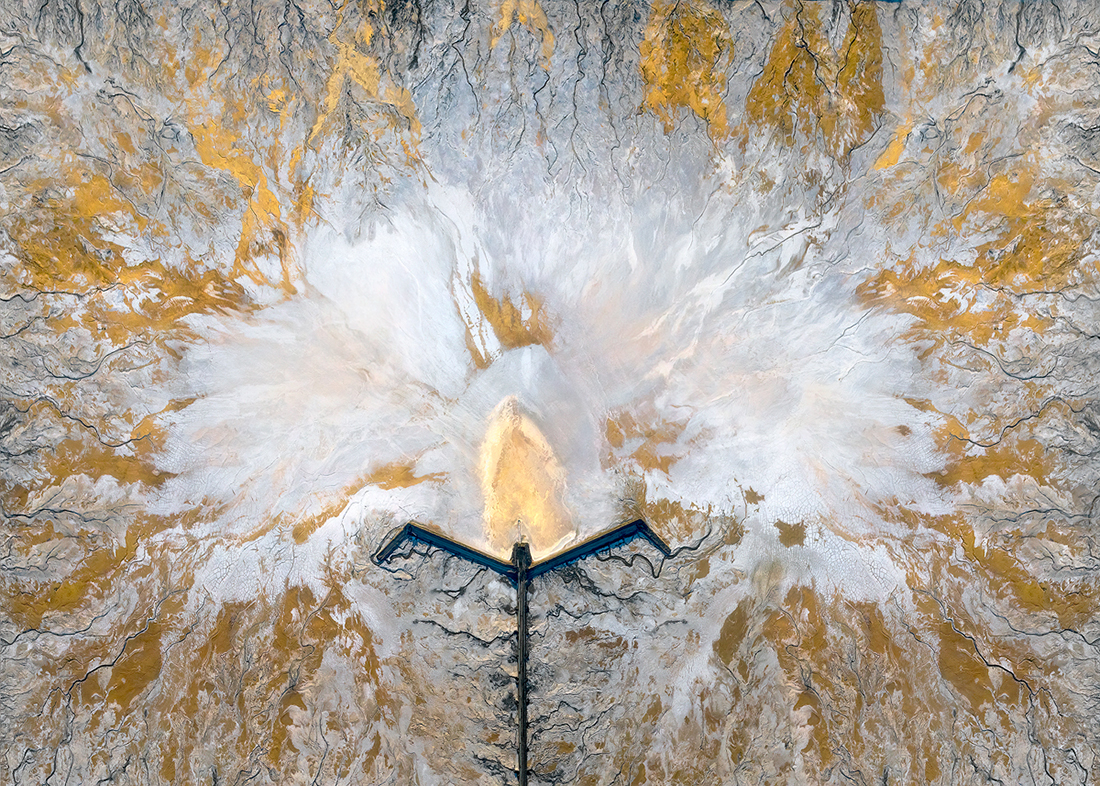About the Artist
A contemporary Canadian photographer who currently lives and works in Toronto, Ontario. She is an award-winning artist that has shown at the Art Gallery of Hamilton as well as the Robert McLaughlin Gallery. Her work is also held in various private collections.
Cheng’s images have been published in the International Landscape Photographer of the Year Top 101 Book as well as National Geographic’s Photo of the Week series. She has received Gold, Silver, Bronze and Honourable Mentions from the PX3 (Prix de la Photographie Paris) and IPA (International Photography Awards) Professional Awards Programs respectively and earlier, she was awarded Amateur Photographer of the Year by One Eyeland.
About the Works
“Sublime Waste” is a series of works that exposes and reveals the means of production for many commonplace items that we use in our daily lives, including salt, gypsum and gold. As we typically purchase salt at the grocery store, gypsum at the hardware store for construction goods and gold in retail stores for medical devices, electronic devices or jewellery, we are rarely exposed to how and where these elements are extracted from the earth for our consumption.
This series re-examines traditional elements of landscape photography by transforming these large scale remote mining operations from an aerial perspective. In effect, it gives them a kind of intimacy created by abstraction from such an immense distance. Shooting from a plane helps to visualize organic and ethereal shapes, showcase vibrant yet toxic colours and display the incredible intricacies of natural patterns amongst mechanized forms of production. Through this rare perspective, the viewer is thus connected to these unseen peripheries through an effective response to its beauty, as ordinary terrestrial elements become elevated to the otherworldly. An uneasy tension and conflict exists in the work with the realization that these forms and shapes are the environmental waste products from mining operations for human consumption. “Sublime Waste” thus invites the viewer to reflect on their relationship with consumption and the environment; and to reconsider their notion of place by transporting them away to the unseen peripheries.
